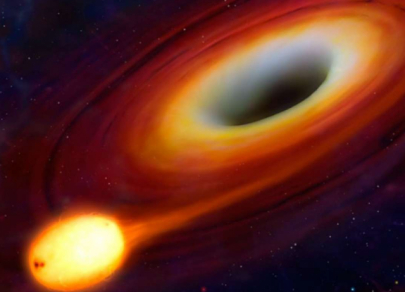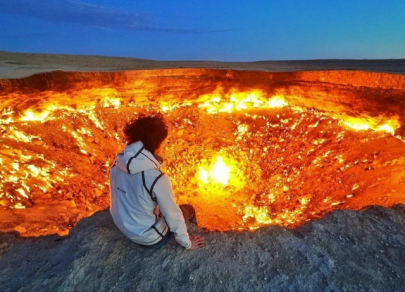
Top 5 restaurants in the world according to culinary guides and critics
The winners of the prestigious The World's Best Restaurants award have been announced. Let us find out which establishments made it into the top 5 in 2025 and why they are considered the pinnacle of global culinary excellence today.





































